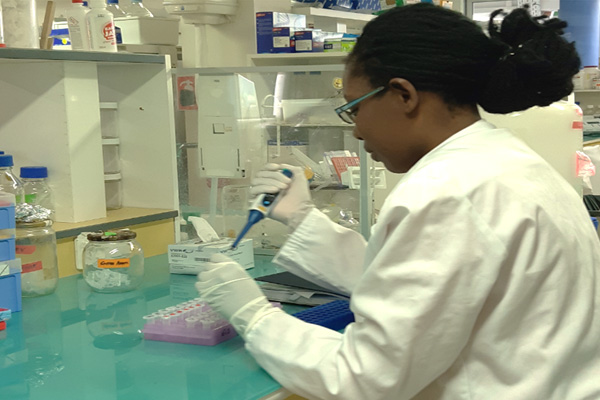GENERAL GUIDELINES
1. Papers are expected to be submitted in English. All manuscript considered for submission must be sent online.
2. Authors must send the article including the Title page with full names, titles and affiliations of authors, figures, tables and the Main document.
3. Submissions will be acknowledged automatically by the journal systems.
4. Papers submitted should be original and not under consideration by another journal.
5. The suggested limit for papers is 25-35 pages (word formatting) including figures, tables, footnotes and references. Manuscripts should be double-spaced and use a 12-point readable font.
6. Footnotes are incorporated into the text and numbered consecutively throughout the article.
7. Tables and figures should be included separately at the end of the document. They should be consecutively numbered indicating their title and source, as well as their approximate position in the main text. Round correlations to two decimal places in text and tables. Usually round means to whole numbers or to one or two decimal places.
8. References will be cited in text with an author-date system. Citations will be listed alphabetically at the end of the paper. Please ensure that every reference cited has a corresponding citation in the text and vice versa.
9. Manuscript lanes should be numbered.
ARTICLE STRUCTURE GUIDELINES
Title page information
Abstract page
The introduction
Clearly state the problem to be addressed in the article through an update and relevant litterature review. Background of the study should be clearly and concisely stated and demonstrate the originality of the work. The introduction should also state the objectives of the work.
> Materials and méthods
Materials and methods should be clearly presented to allow the reproduction of the experiments. Indicate the suppliers of chemicals and equipment if this may affect the results.
Results
The results should be clearly presented and reflect the materials and methods described in the previous section. The results should be presented in tables and/or graphs.
Discussion
In this section your results should be compared with previous findings. The significance of your results and their impacts should be explained using existing findings.
Conclusion
Authors might if appropriate give an overall conclusion of their findings
Tables and figures
Tables and Figures should be numbered and have a descriptive caption placed immediately at the bottom left for the figure, and on the top for the tables.
Abbreviations
Abbreviation should be used if a word appears more than three times. It must be defined the first time it is mentioned in the Abstract and in the main text of your article, as well as in any figure or table legends.
Acknowledgments
Acknowledgements should be in a separate section at the end of the article before the references. List here those individuals who provided help during the research (language help, writing, proof reading the article, etc.).
Fundings
List funding sources in this standard way to facilitate compliance to funder's requirements.
References
References should be listed in alphabetical order at the end of the paper. DOIs links to referenced articles should be stated wherever available. Names of journals should be presented in full or abbreviated. All listed references must be cited in the text, tables, or figure legends.
Nsofor CA (2014). DNA Microarrays and Their Applications in Medical microbiology. Biotechnology and Molecular Biology Reviews 9 : 1-11. doi.org/10.5897/BMBR2013.0216
Saharan P, Duhan JS, Gahlawat SK (2015). Detection of Pseudomonas fluorescens from Broth, Water and Infected Tissues by Loop-Mediated Isothermal Amplification (LAMP) Method. African Journal of Biotechnology 14 :1181-1185. doi.org/10.5897/AJB2014.14360
Gbongue LR, Lalaymia I, Zézé A, Delvaux B, Declerck S (2019). Increased Silicon Acquisition in Bananas Colonized by Rhizophagus irregularis MUCL 41833 Reduces the Incidence of Pseudocercospora fijiensis. Frontiers in Plant Sciences doi.org/10.3389/fpls.2018.01977
Sery DJMC, Tuinen DV, Drain A, Mounier A, Zézé A (2018). The Genus Rhizophagus Dominates Arbuscular Mycorrhizal Fungi Communities in Contrasted Cassava Field Soils in Côte d’Ivoire. Rhizosphere 7 : 8-17. doi.org/10.1016/j.rhisph.2018.06.007
Sequences
Articles reporting new sequence data (DNA or PROTEIN) must include an accession number from public databases.
Strains
Deposit important strains in a recognised culture collection and to refer to the collection and strain number in the article.
Acceptance acknowledment
Upon acceptance, authors are issued an email for manuscripts that have been accepted for publication.
Publication of accepted manuscripts
Upon acceptance of a manuscript, the article is fully published. However fees should be paid before. A final version of the accepted manuscript will replace the published manuscript after correction.
Payment of article processing charge
Upon acceptance, the corresponding author will be contacted to make the necessary payment of the article processing charge. Please note that the payment option is only enabled for manuscripts that have been accepted for publication.
Proofs
Prior to publication, a proof is sent to the corresponding author. Authors are advised to read the proof and correct minor typographical or grammatical errors. Authors should promptly return proofs to the editorial office.
Publication
Once proofs are received by the editorial office, the manuscripts are usually included accordingly in the current or next issue of the journal. The article will thereafter be published on the journal’s website
Publication notification
After the article is made available on the journal’s website, a publication notice is sent to the corresponding author with links to the issue and article.

infosim@sim-ivoire.com
+225 43 85 33 32 / 57 11 13 72
08 BP 2300 Abidjan 08